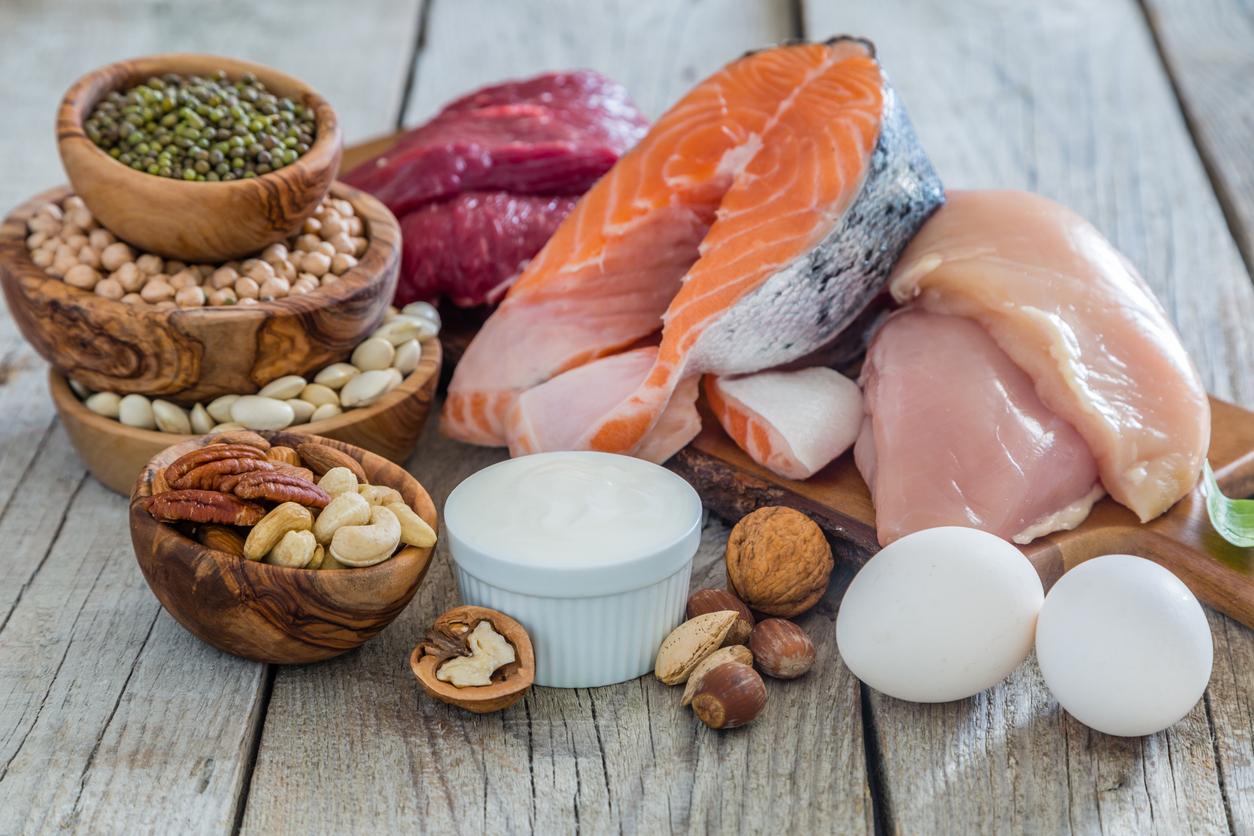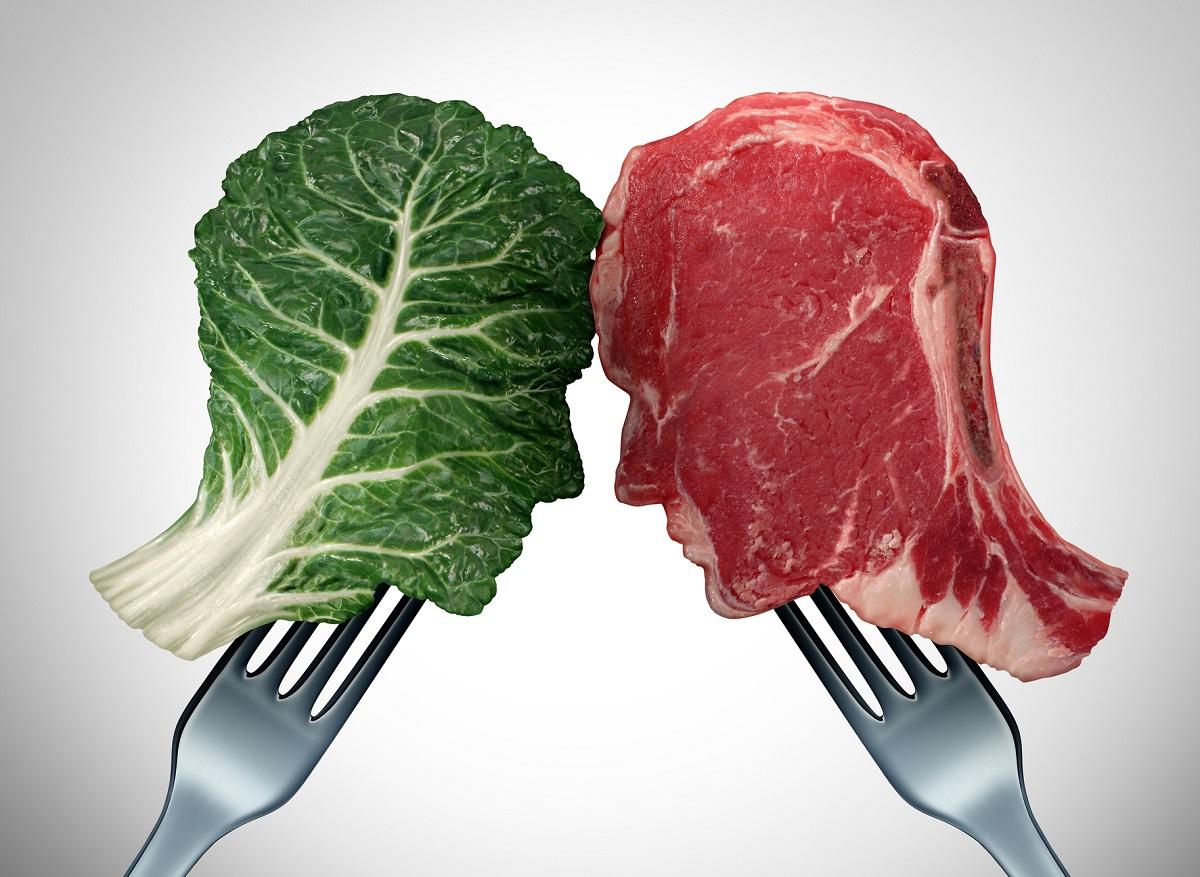Too sweet, too fatty, too salty: foods for children do not escape bad points in terms of nutritional recommendations. However, nothing explicitly indicates this on the packaging.

In terms of food products, and in particular those special “children”, manufacturers have long understood the importance of packaging. Giving pride of place to cartoon characters, made in bright colors and sometimes even offering toys, games or promotions, these products are very popular with children. But what about their real nutritional qualities? And above all, is their packaging transparent about these nutrient intakes?
Not really, according to an English study published online on the site Archives of Disease in Childhood. According to its authors, the health claims on the packaging of much of the UK’s children’s food products are “confusing” and could be contributing to rising obesity rates in children.
The health halo effect
The researchers started from an observation: like all food products, those intended for children display more and more data on nutrition and health. For example, compared to yoghurts displaying no information, those specifying that they are “enriched with vitamin D” or “without added sugar” give – falsely – the impression to the consumer that they are healthier and therefore better for their health. . This phenomenon is known as the “health halo effect”.
In England, although steps have been taken to control advertising to children of products high in fat and sugar, such as sweets, chocolates and sugary drinks, less attention has been paid to other foods with on-pack claims suggesting they contribute to good health/nutrition, say the study authors.
They therefore looked at the energy, fat, sugar and salt content of foods marketed to children over the age of one and widely available in various large grocery stores in the UK. They particularly focused on products whose packaging had explicit mentions such as “equivalent to 1 serving of fruit or vegetables out of 5 recommended daily”.
A total of 332 different products, including breakfast cereals, fruit snacks, fruit drinks, dairy products like yogurt and ready meals were assessed using the tool. regulator set up by the British government called The Nutrient Profiling Model (NPM) and which makes it possible to identify “healthy” foods.
Information that is too vague or downright misleading
The results are astonishing: more than 4 foods analyzed out of 10 (41%) are classified as “unhealthy” by the rating system. This is the case for example for cereal bars because of their high content of saturated fats or for cereals, whose salt content is higher than the daily recommendations.
As for fruit-based snacks such as compotes, they had the highest sugar content, averaging 48 g/100 g, even when they claim to be equivalent to one serving of fruit. One in three products also contained concentrated fruit juice as an added ingredient, while one in four used fruit puree.
Finally, almost a quarter of the products, most of which were fruit-based drinks and snacks, were “no added sugar”. But half of them actually contained concentrated juice or fruit puree as added ingredients.
“Processed fruits are perceived by the public as a natural and healthy alternative to added sugars, but due to the breakdown of cellular structure, they potentially have the same negative effect on weight gain as other forms of sugar, which which explains why they have recently been classified as free sugars in the UK,” the researchers write.
According to them, “the nutritional and health claims currently used on product packaging are confusing” for consumers and can “have long-term negative repercussions on the health of children”, in particular by promoting obesity.
That’s why they’re now appealing for “stricter regulations on product composition, food labeling and marketing techniques” to “discourage the promotion of foods that could be considered obesogenic.”

.
















